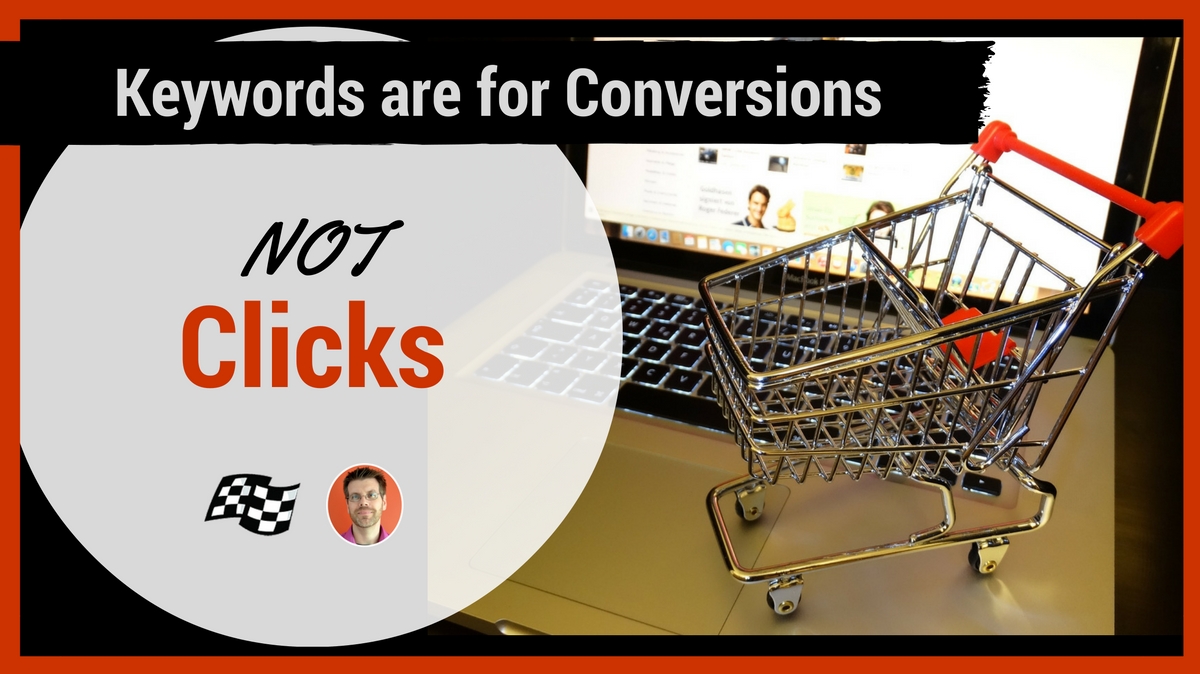
One of the most difficult aspects of keyword research is understanding the searcher’s intent for any given keyword. The intent determines where the searcher is in the buying cycle. Are they ready to become a customer? Or are they still researching and gaining information?
This makes optimization somewhat difficult, as well. Since the same keyword phrase can bring in traffic in all stages of that cycle, you have to determine where on your site to deliver those searchers.
If you send searchers to the wrong page, they’ll leave. Someone looking for specific information on a specific product doesn’t want to be dropped on a page that shows all your products. Or even all the products in that product category. No, they want to be dropped on a page that answers their specific question.
Similarly, someone still doing research and trying to figure out which product is right for them doesn’t want to land on a specific product page. They would rather land on a product category page in which to start their research.
Put the right person on the wrong page, and there is a high chance they’ll leave and not come back. Which brings us back to searcher intent and the keywords they use.
Broad Keyword Phrases vs. Long-Tail
Typically, searchers using broad phrases are still in the research phase and less ready to make a purchase. A searcher looking for a “motorcycle” isn’t as ready to buy as someone searching for a “2015 honda gold wing.” The differences in search volume between the two are significant, but so are the differences in purchase intent.
Broad, high-traffic phrases offer a lot of traffic potential but very little conversion potential. If you’re looking to increase your conversions, you’ll want to focus more heavily on the lower-traffic, long tail phrases that are more frequently used by those who are already ready to buy.
The Trade-Off
And what you lose in traffic by bypassing the few broader terms, you make up for in abundance by focusing on all the longer-tail phrases. You’re not just optimizing for “2015 honda gold wing” but for every other year as well, and every other model, and even every other make. That’s a lot of long tail phrases that, when taken together, can pack a pretty big conversion punch.
And it’s pretty clear where to deliver those searchers. Right on the product that fits the search! That’s the best place to turn a click into a conversion, right?
Too often, businesses focus on higher-volume keywords rather than looking at the phrases that provide a better opportunity to convert. That’s not to say there isn’t branding value as well as a research-to-buy opportunity for the broader keywords, but for a more immediate impact, go with the converting phrases!
Checklist for Getting Conversions From Keywords
- Search for keyword phrases in Google and scan results.
- If the results largely match your content, it’s likely a good fit.
- Create compelling titles and meta descriptions that match the intent of the search.
- Create landing page content that fulfills the intent.

 If you’re looking to increase your conversions, you’ll want to focus more heavily on the lower-traffic, long tail phrases that are more frequently used by those who are already ready to buy.
If you’re looking to increase your conversions, you’ll want to focus more heavily on the lower-traffic, long tail phrases that are more frequently used by those who are already ready to buy.